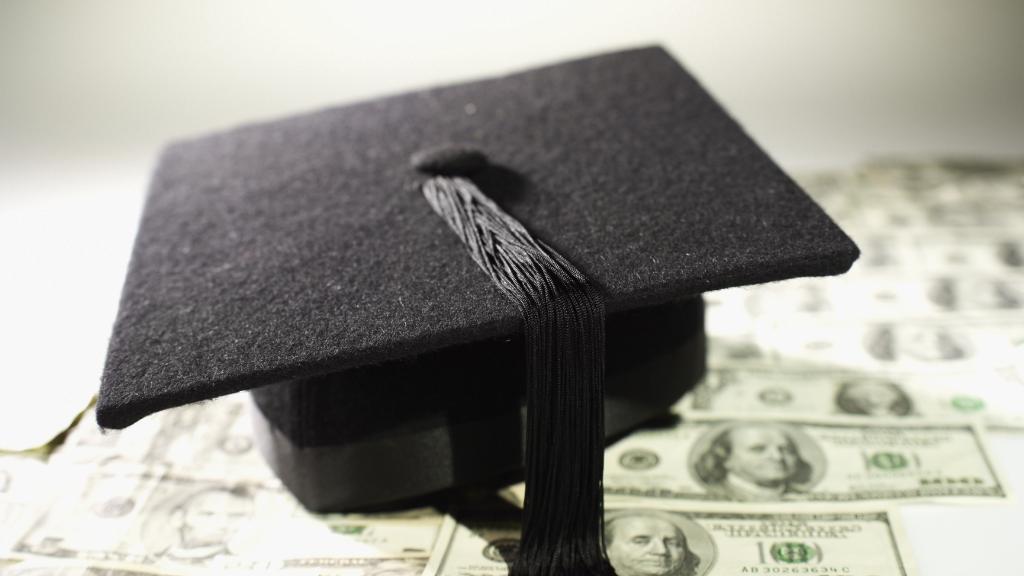
More than 400,000 people have planned their careers and financial futures around the Public Service Loan Forgiveness program.
With the promise of debt forgiveness after 10 years of payments, the government program has allowed some people to return to school and pursue their dream jobs. It's helped them buy homes and start families while still paying off their debts.
They chose careers as teachers, public defenders, social workers, and primary care doctors. Many work in low-income areas for below-average pay, despite their loans. Some have moved to different states and turned down higher-paying, private sector jobs to stay in the program.
Now they're hoping it wasn't all for nothing. President Trump's proposed budget, released Tuesday, calls for eliminating the already-troubled program for new borrowers. The cut, which requires an act of Congress, would save $27.5 billion over 10 years if enacted.
While the proposal offered some clarity to existing borrowers who are already working toward loan forgiveness, it adds to the growing uncertainty surrounding the program.
Passed by a Democrat-controlled Congress and signed into law by President George W. Bush in 2007, the program promised loan forgiveness for government and nonprofit workers after they made 120 months of on-time payments. This October marks its 10th year and the first time anyone will have made enough payments to get their debt wiped away.
Related: My student debt is delaying my retirement
From the beginning, student loan borrowers struggled to navigate a confusing program with plenty of caveats. You need to have the right kind of loan and be enrolled in the right kind of income-driven repayment plan.
"It's one of the more convoluted programs that Congress has designed," said Rohit Chopra, the former student loan ombudsman at the Consumer Financial Protection Bureau.
Without so much as a form to submit to see if they qualified until 2012, borrowers had to have faith that they had all their ducks in a row. But the CFPB has received numerous complaints from borrowers who were told they were not enrolled after years of making payments they thought had counted toward debt relief.
In December, four borrowers sued the Department of Education claiming they'd been misled by their loan companies to think their jobs qualified when they did not. In court documents filed earlier this year, lawyers for the Department of Education suggested that borrowers could not rely on certification from their loan servicer.
Related: Want loan forgiveness? Here's how to qualify
While the first wave of borrowers have yet to receive forgiveness, the program was already expected to cost more than originally projected, according to a report from the Government Accountability Office. The Obama Administration had proposed capping the amount borrowers could have forgiven at $57,500, but that proposal was never approved and forgiveness remains unlimited for now.
Despite its problems, the Public Service Loan Forgiveness program has greatly affected people's lives even before they receive any debt relief.
'I've changed my life based on their promise.'
Daniel J. Crooks III, a government attorney, has moved from Washington, D.C., to South Carolina to Texas, chasing better-paying jobs that would still qualify him for the forgiveness program.
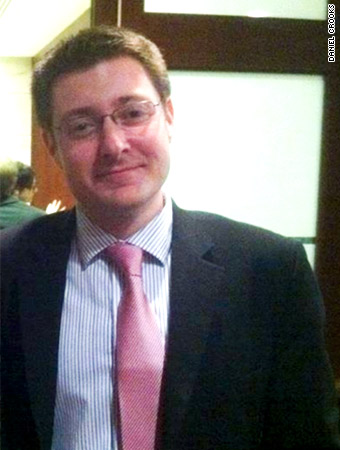
"I entered law school in 2008. When the market tanked, I realized that I better get a job that would qualify for the Public Service Loan Forgiveness program," Crooks said.
He then pursued a master's degree in law and government to better his chances, leaving school with $230,000 in debt. It's since grown to more than $300,000 because of interest.
The median borrower in the forgiveness program has more than $60,000 in student loans and almost 30% of them have more than $100,000 in debt, according to a Brookings report.
Crooks has six more years of payments to go before his remaining debt is canceled.
"I don't even want to contemplate what would happen if they pulled the rug out from underneath us. It's a blow to think that maybe I should never have done this," Crooks said.
'Without forgiveness these loans will not be paid off.'
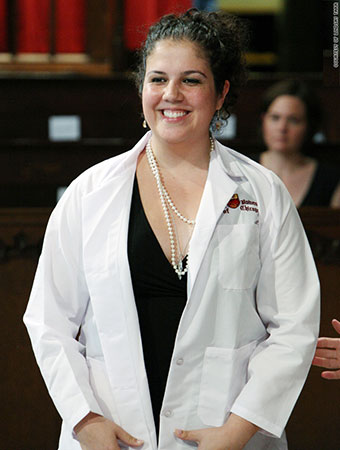
Lindsay Tarr has wanted to be a pediatrician since she was a child. Her parents say that her favorite toy was her Fisher-Price doctor set.
But pediatrics is the lowest paying medical specialty, and despite receiving a generous scholarship, Tarr left medical school in 2012 with close to $200,000 in student loans.
"PSLF was a huge relief to me. It made me feel like I didn't have to choose between the field I truly love and financial security," Tarr said.
She's been paying for five years, but her total debt has grown. That's because her payments are capped at 15% of her income, like many others in the program. If it were to end, she'd be stuck with more debt than when she started.
"At this rate, without forgiveness these loans will not be paid off," Tarr said.
'The government put this program in place to help people like me. Now they need to follow through.'
Haylee Adamson graduated with a master's degree in forensic psychology in 2011. Her outstanding debt has grown to $85,000 since then, despite making all her payments.
She works as a probation officer in Virginia. Adamson knows moving back home to Utah means she'd have to take a lower-paying job, so she's stayed put.
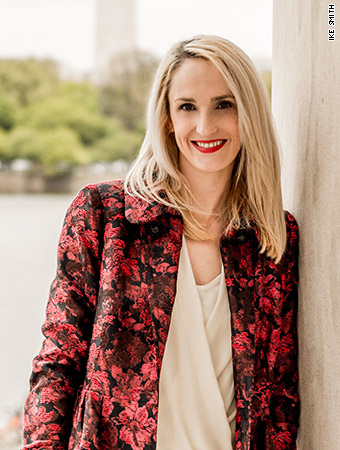
She's been nervous about the forgiveness program for years, long before the ongoing lawsuit or proposed cut from the Education Department.
Like many others, she had trouble signing up and staying in the program. After making payments for two years, she was informed that half of her loans weren't consolidated and therefore not included in the 10-year forgiveness plan. Even then, she received misinformation about how many payments she had remaining. The issue extended her repayment time by at least three years.
"This affects everything. If I get married, my spouse's income could increase my payments. I don't think I'll ever be able to afford a house. I really can't see any way for me to do that," Adamson said, beginning to choke up.
"I went to school to become independent and be my own person. But I left school more dependent on people than I've ever been," she said.
'It allowed us to purchase a home sooner.'
Both Isral DeBruin and his wife Joanna Love work for non-profit organizations and planned to use the Public Service Loan Forgiveness program.
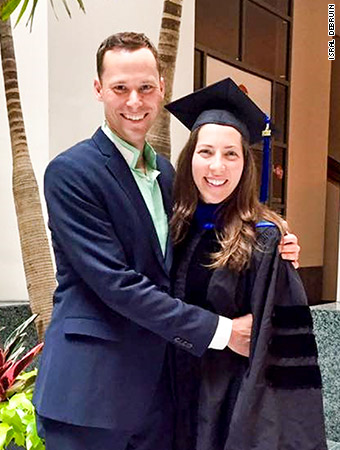
"It's definitely one thing that helps make a career in public service more tenable," DeBruin said.
He works in education, at an organization that primarily supports schools that serve students from low-income households, and she's a child psychologist.
The forgiveness program isn't the only reason they chose to work in the public sector, but it did play a role. And it was a significant contributing factor in their decision to buy a home after renting for many years. Confident they would eventually receive loan forgiveness, they were able to save for a down payment.
"Not only has this meant building equity, it has also actually saved us money, as rents in our neighborhood have increased significantly since we bought our home," DeBruin said.
Editor's Note: This story was updated Tuesday after the White House released more details about the budget. It said the proposed change would apply to loans taken out on or after July 1, 2018, except for those borrowed to finish current courses of study.
